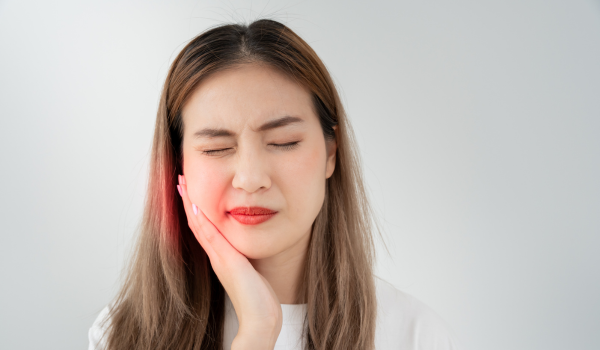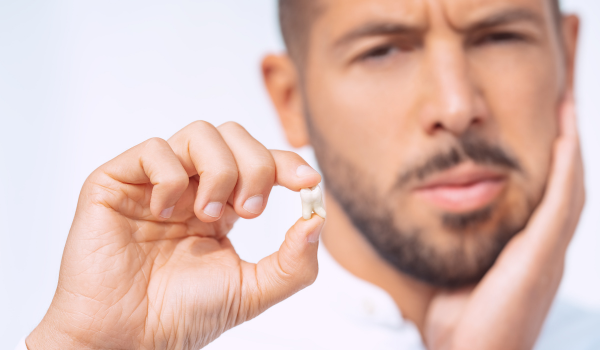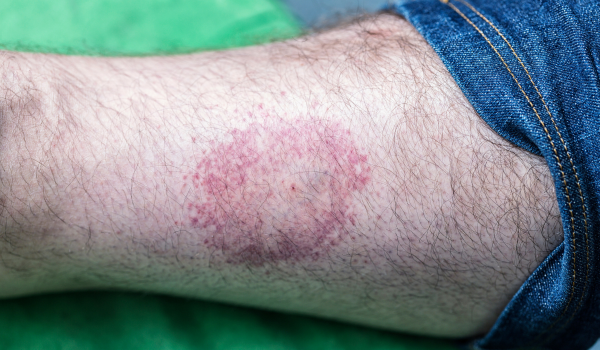
Washing hands properly is crucial for maintaining personal hygiene and preventing the spread of diseases. The CDC emphasizes the importance of good hand hygiene, especially during the ongoing pandemic. Proper handwashing can reduce the risk of respiratory and gastrointestinal infections by up to 23% and 48%, respectively.
Key Steps for Proper Handwashing
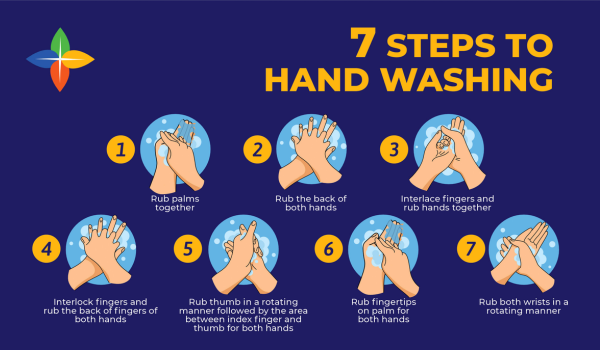
-
Wet Your Hands
Use clean, running water to wet your hands. -
Apply Soap
Apply enough soap to cover the entire surface of your hands and wrists. -
Lather and Rub Thoroughly
Rub your hands together, ensuring all surfaces are scrubbed — including your hands, fingertips, nails, and wrists. -
Scrub for 20 Seconds
Continue scrubbing your hands for at least 20 seconds to ensure they are thoroughly cleaned. -
Rinse Under Clean Water
Rinse your hands under running, clean water. -
Dry Your Hands
Dry your hands using a clean towel or let them air dry. -
Use a Towel to Turn Off the Faucet
After drying, use a towel to turn off the faucet to avoid re-contaminating your hands.
Does the Type of Soap Matter?
Plain soap is just as effective as antibacterial soap at cleaning your hands. In fact, research has shown that antibacterial soaps don’t offer any additional benefits over regular soap. The FDA has banned certain antibacterial agents due to potential health risks, including antibacterial resistance and hormone disruption.
When to Wash Your Hands
You should wash your hands frequently in the following situations:
-
Before, during, and after preparing food
-
Before and after eating
-
After being in contact with anyone who has an infectious illness
-
After handling money, receipts, or touching public surfaces (like gas pumps, ATMs, or buttons)
-
After coughing, sneezing, or blowing your nose
-
After using the bathroom or changing diapers
How to Prevent Dry Skin
Frequent handwashing can dry out your skin. To prevent this:
-
Use lukewarm water, not hot water, to wash your hands.
-
Choose moisturizing soap with creamy textures and humectants like glycerin.
-
Apply skin moisturizers with occlusive agents (like lanolin) or humectants (like honey) to retain moisture.
-
Use alcohol-based hand sanitizers with added skin conditioners to reduce dryness.
What to Do If Soap and Water Aren’t Available
If soap and water aren’t available, use an alcohol-based hand sanitizer with at least 60% alcohol content. Here's how to use it effectively:
-
Apply 3-5 mL of sanitizer to the palm.
-
Rub your hands thoroughly, covering all surfaces, for about 25-30 seconds until completely dry.
The Bottom Line
Hand hygiene is a simple and cost-effective way to protect your health and that of others. It is particularly essential during times of a pandemic like COVID-19. The preferred method is to wash your hands with soap and running water, but alcohol-based hand sanitizers can also be an effective alternative when soap and water are unavailable.
Good hand hygiene practices should be part of our daily routine to prevent the spread of infections.







.png)
.png)
.png)

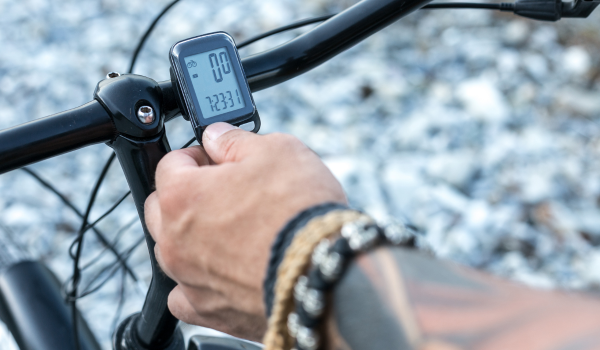




.png)
.png)
.png)
.png)
.png)
.png)
.png)
.png)
.png)



.png)


.jpg)














